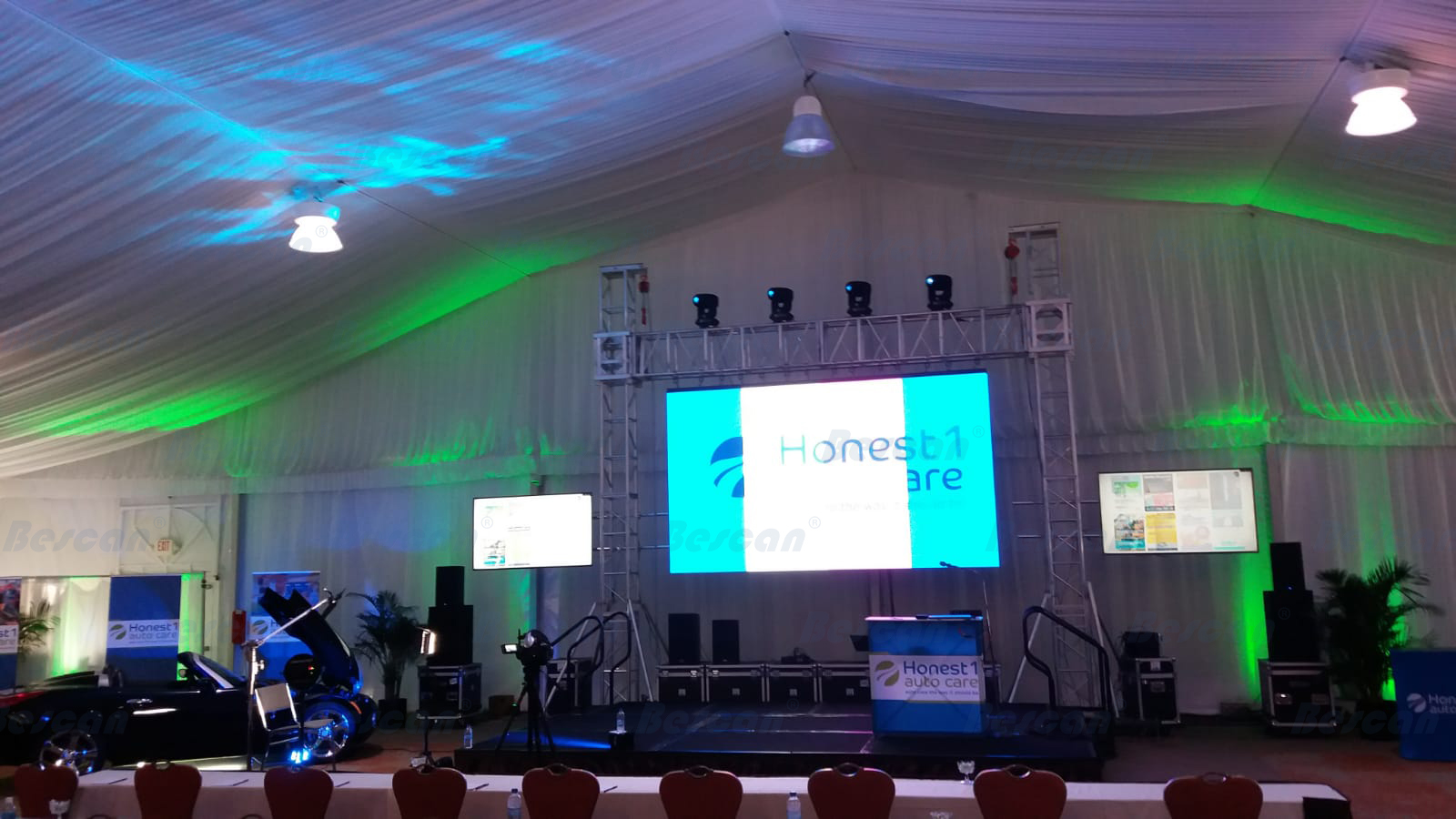Choosing the right aspect ratio for your LED display is crucial in delivering the best visual experience for your audience. The two most common aspect ratios are 16:9 and 4:3. Each has its unique advantages and is suited for different applications. Let’s delve into the specifics of each to help you decide which works best for your needs.
Understanding Aspect Ratios
Aspect ratio is the relationship between the width and height of a display. It is usually represented as width
- 16:9: Widely known as the widescreen aspect ratio, 16:9 has become the standard for most modern displays, including televisions, computer monitors, and LED screens. It is ideal for high-definition video content and is commonly used in cinemas, home entertainment, and professional presentations.
- 4:3: This aspect ratio was standard during the early days of television and computer screens. Though less common today, it is still used in specific contexts where a more square-like display is preferred.
Advantages of 16:9 Aspect Ratio
- Modern Compatibility: Most video content today is produced in 16:9. This makes it the ideal choice if your LED display will predominantly show videos, presentations, or any modern digital content.
- Widescreen Experience: The wider format provides a more immersive viewing experience, which is especially beneficial for entertainment purposes, such as concerts, sports events, and movie screenings.
- Higher Resolution Support: The 16:9 aspect ratio is synonymous with high-definition (HD) and ultra-high-definition (UHD) content. It supports resolutions like 1920×1080 (Full HD) and 3840×2160 (4K), delivering crisp and detailed images.
- Professional Presentations: For corporate events, conferences, and trade shows, the widescreen format allows for more sophisticated and visually appealing presentations.
Advantages of 4:3 Aspect Ratio
- Legacy Content: If your content library includes a lot of older videos or presentations created in 4:3, using a display with this aspect ratio can prevent stretching or letterboxing (black bars on the sides).
- Focused Viewing: The 4:3 aspect ratio can be beneficial for applications where the content needs to be more focused and less panoramic. This is often seen in educational settings, certain control rooms, and specific advertising displays.
- Space Efficiency: In environments where screen height is a constraint, such as certain indoor installations or specific architectural designs, a 4:3 display can be more space-efficient.
Which Aspect Ratio to Choose?
- Entertainment and Modern Applications: For events, venues, and applications that prioritize high-quality video playback and modern presentations, the 16:9 aspect ratio is the clear winner. Its widespread adoption and support for higher resolutions make it the go-to choice for a wide range of uses.
- Specialized and Legacy Applications: If your primary content consists of older material or specific use cases where height is a premium, the 4:3 aspect ratio might be more appropriate. It ensures that content is displayed as intended without any distortion.
Conclusion
The best aspect ratio for your LED display ultimately depends on your specific needs and the type of content you plan to showcase. While 16:9 is ideal for most modern applications due to its compatibility with high-definition content and immersive experience, the 4:3 ratio remains valuable for certain specialized environments and legacy content.
When making your decision, consider the nature of your content, your audience’s preferences, and the physical constraints of your installation space. By aligning these factors with the strengths of each aspect ratio, you can ensure that your LED display provides the best possible visual impact.
Post time: Jul-03-2024


